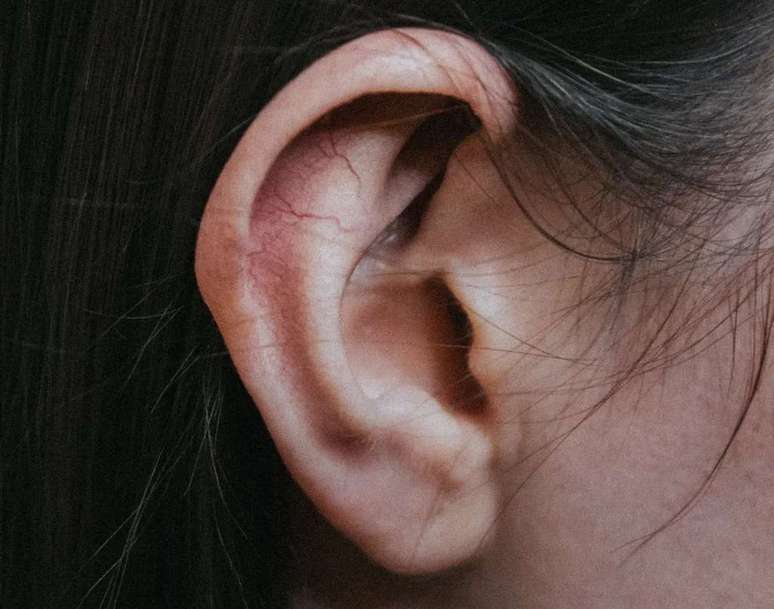In a study that tailored auditory illusions to include the absence of sound, scientists discovered that we can hear the sound of silence through simple tests
Silence is characterized by absence of sound, the kind of vibration that our ears can hear. So you can’t hear it, right? Well, a survey of over 1,000 volunteers shows, bizarrely, the opposite: humans can do it. listen to the silenceand can be used just as much as other noises in auditory illusions.
- Does silence bring health benefits? Know what science says
- What’s the sound?
- Speed of sound: understand how it works and what happens if it is exceeded
More specifically, a team of philosophers and psychologists from Johns Hopkins University has shown how moments of silence can distort people’s sense of time. The debate about the human ability to hear more than sounds has permeated philosophy for centuries, and until today it was believed that the sense of hearing only encompasses sounds. Because it is characterized by its absence, silence didn’t fit into the category, until now.
The sound of silence in auditory illusions
To test the phenomenon, the science team adapted versions of the auditory illusions to include silence instead of sounds. A common illusion is that a sound appears longer than it actually is. In the video below, used in the research, we are presented with the ambient sound of a restaurant, with conversations and the clinking of cutlery on plates, leading up to moments of silence. Listen carefully (preferably with headphones) and try to notice which silence is longer:
Did you hear? Know that both sequences, both the one with the pauses and the single silence, have the same duration. The second silence seems longer, doesn’t it? It is the “one is greater” illusion, which in this case proves that our brain deals absence of sound the same way it treats audible sounds. While there has been much debate in philosophy about whether silence is something we literally perceive, a scientific study like this has never been done to verify the phenomenon.
Tests with illusions like the one is bigger were performed with over 1,000 participants, all proving the same thing: sound illusions work with silence and with clearly audible sounds. According to the researchers, if the illusions work and our brain treats silence like any other sound, then this could be evidence that we literally hear silence after all.

We now know that there is at least one thing we hear that is not sound, and that thing is the silence that comes when all sound disappears. For future research, already planned by the team, the aim will be to investigate whether we hear silences that are not preceded by sounds and other questions related to the extent to which we perceive this absence.
In addition to sound, you study about visual disappearances and other examples of things that people may perceive as absent from the environment.
Source: Psychological and cognitive sciences
Trending on Canaltech:
- Original Windows 11 will no longer be officially supported; update now
- How much would cars cost without taxes?
- WhatsApp Beta now hides your phone number in communities
- Galaxy S21 FE gets version with Snapdragon 888 and more storage
- Wolverine appears in a classic costume in the first image of Deadpool 3
- Plans with unlimited WhatsApp and other apps may have their days numbered
Source: Terra
Rose James is a Gossipify movie and series reviewer known for her in-depth analysis and unique perspective on the latest releases. With a background in film studies, she provides engaging and informative reviews, and keeps readers up to date with industry trends and emerging talents.






